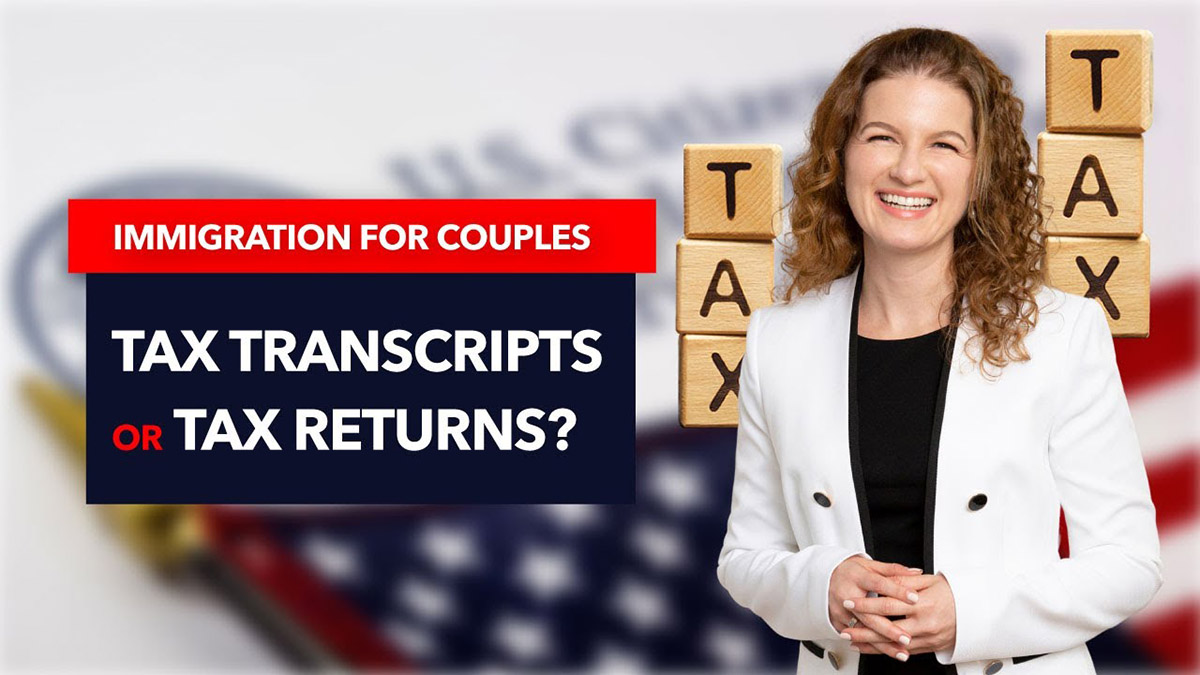

Finance
What Is Tax Leakage In M&A
Published: February 23, 2024
Learn about tax leakage in M&A and its impact on finance. Understand how to minimize tax leakage for a successful merger or acquisition.
(Many of the links in this article redirect to a specific reviewed product. Your purchase of these products through affiliate links helps to generate commission for LiveWell, at no extra cost. Learn more)
Table of Contents
Introduction
Welcome to the complex and fascinating world of mergers and acquisitions (M&A), where companies come together to create new opportunities, synergies, and growth. However, amid the excitement of M&A deals, there is a critical aspect that often goes unnoticed but can significantly impact the financial outcomes of such transactions: tax leakage.
When companies engage in M&A activities, they must navigate through a myriad of financial, legal, and operational considerations. One of the key elements in this intricate web is the potential for tax leakage, which refers to the unintended loss of value due to tax inefficiencies or liabilities arising from the transaction.
Understanding tax leakage in the context of M&A is crucial for all parties involved, including buyers, sellers, and investors. By delving into the intricacies of tax leakage, we can shed light on its impact and explore strategies to minimize its effects, ultimately optimizing the financial outcomes of M&A deals.
Join us on a journey to unravel the complexities of tax leakage in M&A and discover how proactive measures can mitigate its impact, ensuring that the true potential of M&A transactions is realized.
Understanding Tax Leakage in M&A
In the realm of mergers and acquisitions (M&A), tax leakage encompasses the potential loss of value that arises from tax inefficiencies or liabilities during the transaction process. This phenomenon can manifest in various forms, including but not limited to, overlooked tax deductions, unfavorable tax treatment of assets, and unanticipated tax liabilities.
One common scenario leading to tax leakage involves the misalignment of tax attributes between the buyer and the seller. For instance, differences in tax basis, utilization of net operating losses (NOLs), and the treatment of intangible assets can result in unintended tax consequences, ultimately eroding the overall value of the transaction.
Furthermore, the complexities of tax regulations and the interplay of various tax jurisdictions add layers of intricacy to the M&A landscape. Cross-border transactions, in particular, introduce additional challenges, as navigating the tax implications across different countries demands a comprehensive understanding of international tax laws and treaties.
It is essential to recognize that tax leakage is not solely a concern for the tax department; rather, it permeates every facet of the M&A deal. From financial due diligence to post-merger integration, addressing tax leakage requires a holistic approach that integrates tax considerations into the broader M&A strategy.
By comprehensively understanding the nuances of tax leakage in M&A, stakeholders can proactively identify potential areas of value erosion and implement strategies to mitigate these risks. Through diligent analysis and strategic planning, the detrimental impact of tax leakage can be minimized, paving the way for more favorable financial outcomes in M&A transactions.
Impact of Tax Leakage on M&A Deals
The ramifications of tax leakage in mergers and acquisitions (M&A) can reverberate throughout the entire deal, exerting a substantial influence on the financial and strategic aspects of the transaction. Understanding the multifaceted impact of tax leakage is imperative for all parties involved in M&A deals.
First and foremost, tax leakage can significantly diminish the anticipated financial benefits of the transaction. As value is eroded due to tax inefficiencies and liabilities, the overall return on investment for the acquiring company may fall short of expectations. Moreover, the erosion of value stemming from tax leakage can impede the realization of synergies and strategic objectives that underpin the rationale for the M&A deal.
Furthermore, tax leakage can introduce uncertainties and complexities into the post-merger integration process. Unforeseen tax liabilities or inefficiencies may disrupt the integration of operations, systems, and personnel, thereby impeding the seamless consolidation of the two entities. This can lead to prolonged integration timelines and increased costs, undermining the efficiency and effectiveness of the M&A deal.
From a strategic standpoint, the presence of tax leakage can alter the risk profile of the transaction, impacting the overall deal structure and negotiations. Sellers may face diminished valuations, while buyers may need to reassess their financial projections and risk mitigation strategies in light of potential tax implications. Moreover, the presence of tax leakage can introduce complexities into the negotiation and structuring of the deal, potentially leading to prolonged deal timelines and increased transaction costs.
Ultimately, the impact of tax leakage on M&A deals extends beyond financial considerations, permeating into the strategic, operational, and regulatory dimensions of the transaction. By recognizing the far-reaching implications of tax leakage, stakeholders can adopt a proactive and comprehensive approach to mitigate its effects, safeguarding the value and integrity of M&A deals.
Strategies to Minimize Tax Leakage
Effectively managing tax leakage in mergers and acquisitions (M&A) requires a proactive and multifaceted approach that integrates tax considerations into the broader deal strategy. By implementing targeted strategies, stakeholders can mitigate the risk of value erosion due to tax inefficiencies and liabilities, ultimately optimizing the financial outcomes of M&A transactions.
Conducting thorough tax due diligence is paramount in identifying potential areas of tax leakage. By comprehensively analyzing the tax attributes, historical tax positions, and potential exposures of the target company, buyers can gain a deeper understanding of the tax risks and opportunities associated with the transaction. This diligence empowers buyers to make informed decisions and negotiate appropriate representations, warranties, and indemnities to address potential tax leakage.
Structuring the transaction with tax efficiency in mind can significantly mitigate the risk of tax leakage. Employing tax-optimized deal structures, such as asset purchases, tax-free reorganizations, or the utilization of tax attributes, can help minimize the tax impact on the transaction, preserving value for both the buyer and the seller. Additionally, aligning the tax attributes between the buyer and the seller can reduce the potential for mismatched tax treatments and the resulting tax leakage.
Engaging in proactive tax planning and modeling can provide valuable insights into the potential tax implications of the transaction. By simulating various tax scenarios and optimizing the utilization of tax attributes, stakeholders can strategically plan the transaction to minimize tax leakage and maximize tax efficiencies. This proactive approach empowers stakeholders to anticipate and address potential tax challenges before they materialize, safeguarding the value of the deal.
Collaboration between tax advisors, legal counsel, and financial experts is essential in developing and executing tax-efficient M&A strategies. By leveraging the collective expertise of multidisciplinary teams, stakeholders can navigate the complexities of tax regulations, optimize deal structures, and proactively address potential tax leakage. This collaborative approach fosters comprehensive solutions that mitigate tax risks and enhance the overall value of the transaction.
By embracing these strategies and integrating tax considerations into the fabric of M&A transactions, stakeholders can effectively minimize tax leakage, fortifying the financial integrity and strategic objectives of the deal.
Conclusion
As we conclude our exploration of tax leakage in mergers and acquisitions (M&A), it becomes evident that this nuanced phenomenon exerts a profound impact on the financial and strategic dynamics of transactions. The complexities of tax regulations, cross-border implications, and the interplay of tax attributes underscore the significance of addressing tax leakage in M&A deals.
Recognizing tax leakage as a pervasive risk underscores the importance of proactive measures to mitigate its impact. From comprehensive tax due diligence and strategic deal structuring to proactive tax planning and collaborative expertise, stakeholders are equipped with an array of strategies to safeguard the value and integrity of M&A transactions.
By integrating tax considerations into the broader M&A strategy and engaging in proactive planning, stakeholders can navigate the complexities of tax leakage, optimize tax efficiencies, and minimize the risk of value erosion. This proactive approach not only enhances the financial outcomes of M&A deals but also streamlines the post-merger integration process, fostering a seamless transition and the realization of strategic synergies.
As the landscape of M&A continues to evolve, the proactive management of tax leakage remains a critical imperative for all parties involved. By embracing a holistic approach that encompasses tax, legal, and financial expertise, stakeholders can navigate the complexities of tax leakage, fortifying the value and integrity of M&A transactions.
Ultimately, by delving into the intricacies of tax leakage and embracing proactive strategies, stakeholders can unlock the true potential of M&A transactions, paving the way for enhanced value creation, strategic synergies, and sustainable growth.














